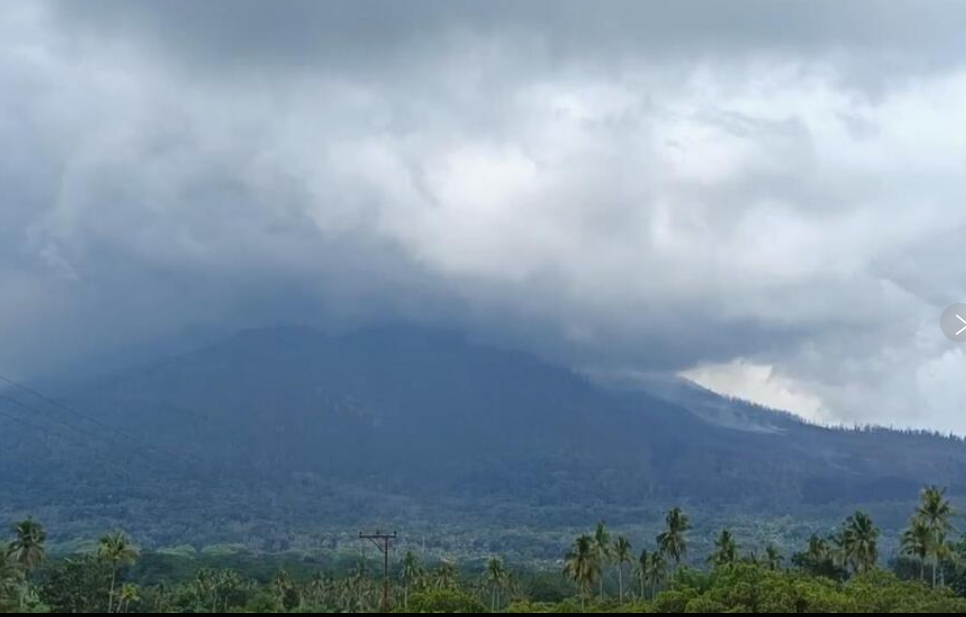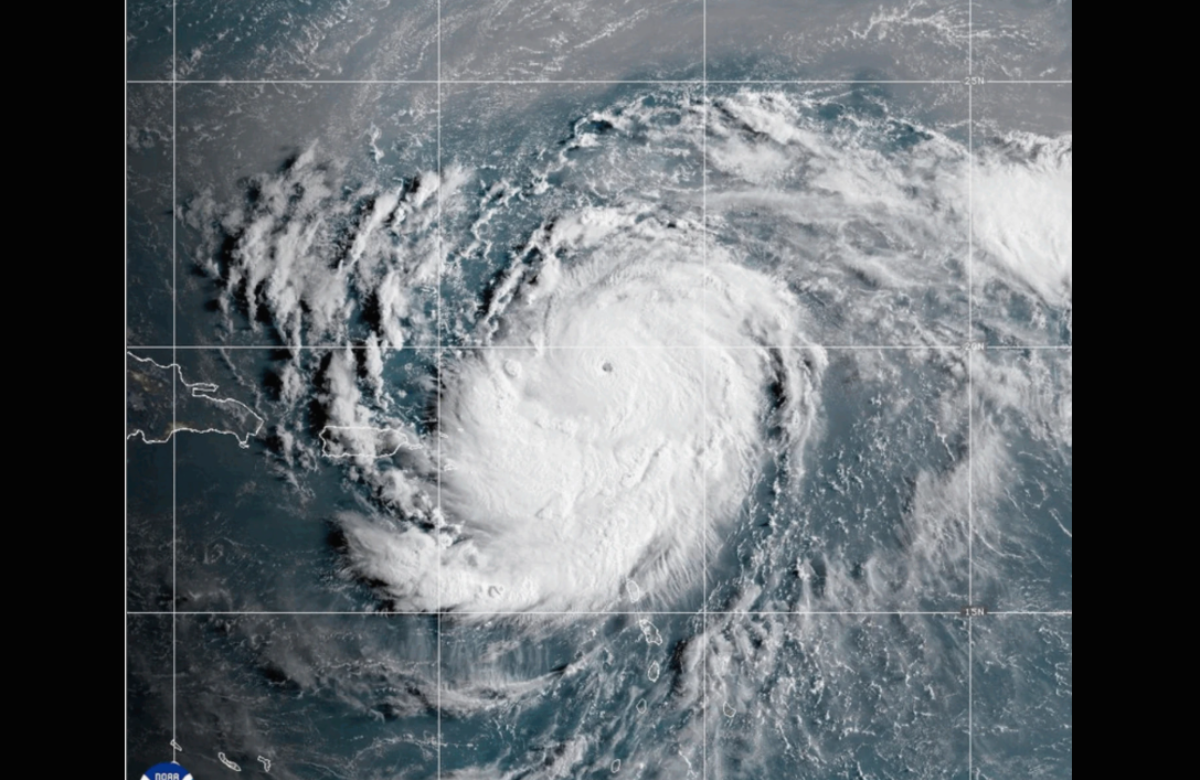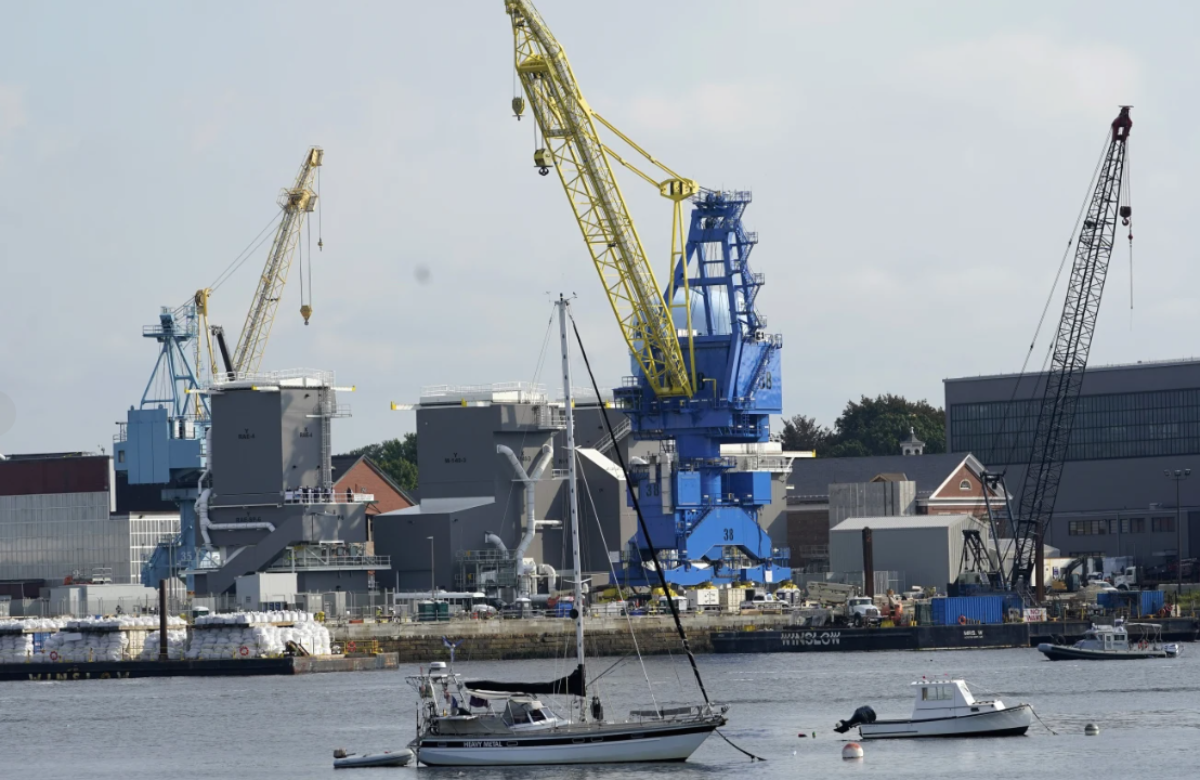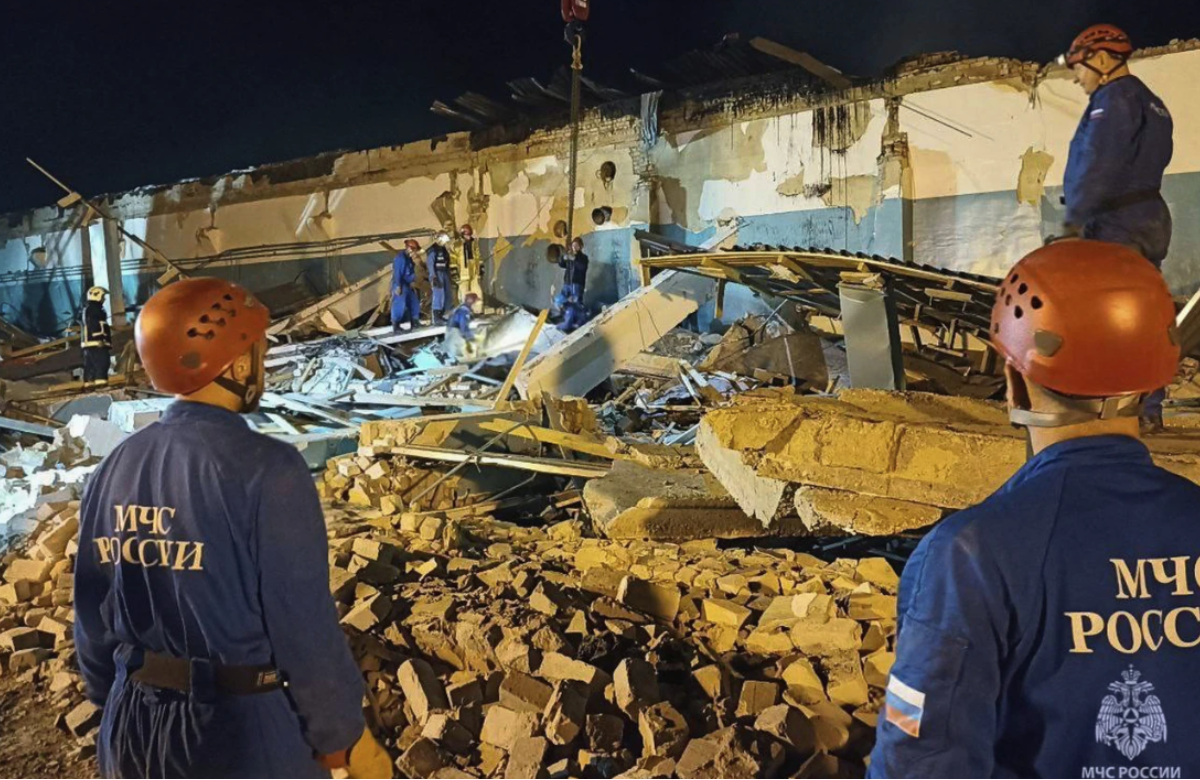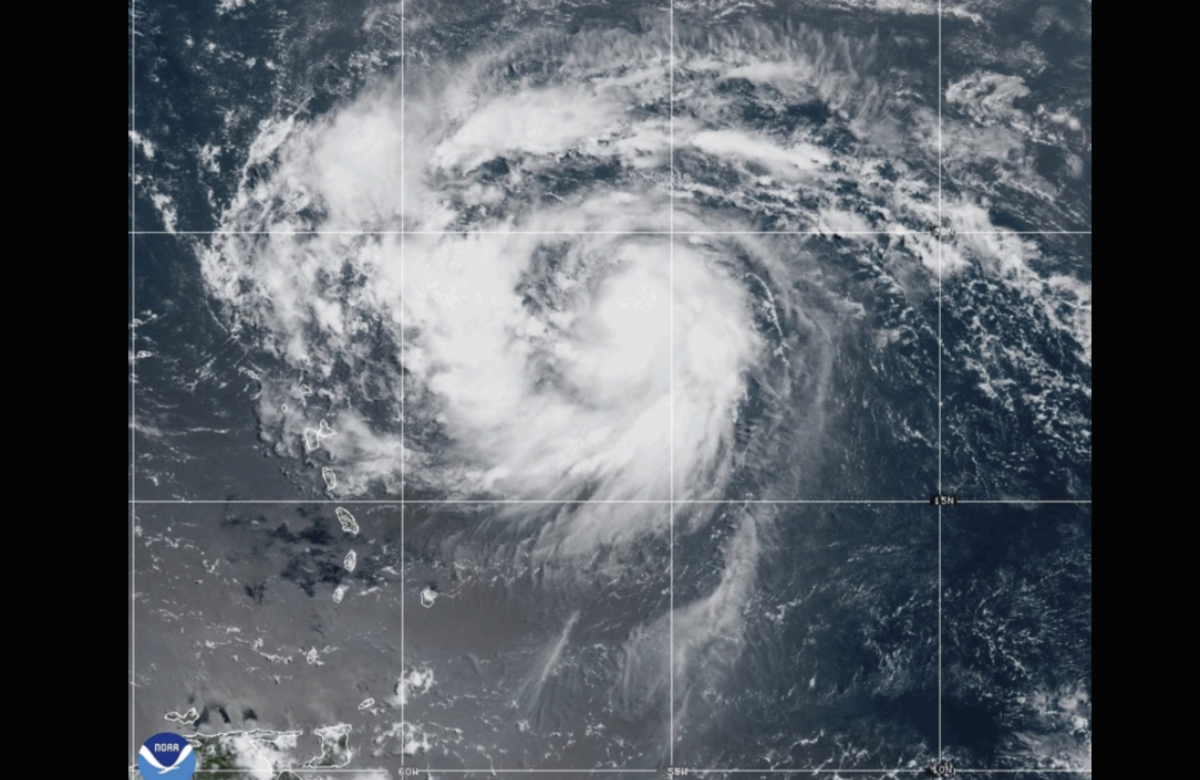The Mount Lewotobi Laki Laki volcano in south-central Indonesia erupted three times on Friday, releasing an ash plume that reached 8,000 meters (26,200 feet) in height. This led authorities to expand the danger zone surrounding the volcano.
Located on the remote island of Flores in East Nusa Tenggara province, the volcano has experienced hundreds of earthquakes, and visible volcanic activity has notably increased over the past week.
An eruption followed by an explosion was heard on Thursday evening in areas as distant as Larantuka and Maumere, two cities approximately 50 kilometers (31 miles) to 85 kilometers (53 miles) from the volcano. The eruption was recorded by multiple monitoring stations on Flores Island, as confirmed by Muhammad Wafid, head of Indonesia’s Geology Agency.
In addition to the initial eruption, two more eruptions occurred, and there were smaller volcanic activities throughout Friday. Smoke was seen rising from the crater with weak to moderate pressure, and firelight was visible at the summit, suggesting that the glowing volcanic material was located at a shallow depth.
Authorities have raised the eruption alert to its highest level and extended the danger zone around the volcano from 7 kilometers (4.5 miles) to 8 kilometers (5 miles) from the crater. However, no new evacuations have been ordered.
Several airlines have canceled flights between Australia and Bali, a popular tourist destination in Indonesia, while other international and domestic flights to the island have experienced delays.
Residents have been warned to remain cautious of heavy rainfall that could trigger lava flows in rivers originating from the volcano, according to Indonesia’s geology agency.
In November, an eruption of Mount Lewotobi Laki Laki resulted in nine deaths and dozens of injuries.
The mountain, standing at 1,584 meters (5,197 feet), is part of a twin volcanic system, alongside Mount Lewotobi Perempuan in the Flores Timur district.
Indonesia, an archipelago of 270 million people, is prone to seismic activity. The country has 120 active volcanoes and is located along the “Ring of Fire,” a horseshoe-shaped region of seismic fault lines encircling the Pacific Basin.
